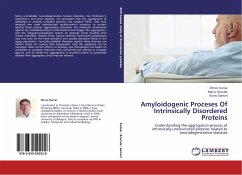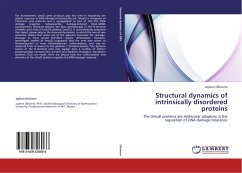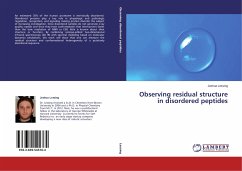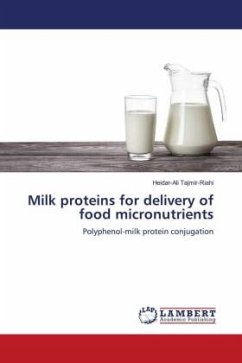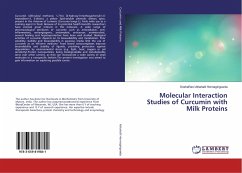Many untreatable neurodegenerative human disorders, like Parkinson's, Alzheimer's, and prion diseases, are associated with the aggregation of misfolded or natively unfolded proteins into amyloid fibrils. Cells have adapted two main sophisticated quality-control measures to protect against these protein aggregation processes: the molecular chaperones against the misfolded protein conformations that trigger the aggregation, and the ubiquitin-proteasome system to degrade those proteins that remain misfolded. Despite these natural defense mechanisms amyloidoses may very soon be the most prevalent and socially disruptive illness in the aging population. Currently available therapies against these diseases can neither arrest nor reverse their progression: only the symptoms can be managed. Most current efforts to develop new therapeutics are based on antibodies or synthetic molecules with sufficiently high affinity to compete against, and to inhibit the aggregation of proteins and/or topotentially dissolve their aggregates, once they are formed.
Bitte wählen Sie Ihr Anliegen aus.
Rechnungen
Retourenschein anfordern
Bestellstatus
Storno

